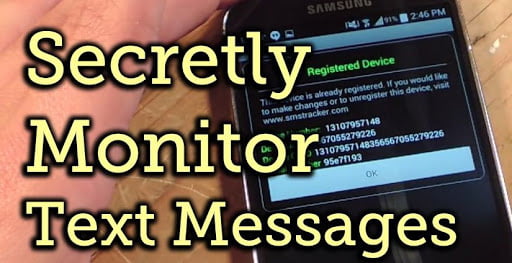

Compare Federal Rule of Civil Procedure 34(b). Provisions permitting a requesting party to specify the form or forms in which it wants electronically stored information to be produced, and requiring responding parties to include in their responses the form they intend to use if no form is specified or if they object to the specified form.Compare Federal Rule of Civil Procedure 37(c). A safe harbor protecting litigants from sanctions for certain types of inadvertently lost electronically stored information.So long as the California courts respect and uphold this objection, it will have the effect of shifting some responsibility and the practical burden of obtaining judicial relief back to the parties seeking discovery of inaccessible information, in line with the federal and uniform rules.ĭespite this important difference, the remaining features of the newly enacted Electronic Discovery Act are otherwise convergent with the Federal Rules of Civil Procedure and the Uniform E Discovery Rules. This is supported by the Sedona Principles and the weight of most e-discovery authorities.

Although this language is not reflected in the actual statute, it does seem to endorse “not reasonably accessible” as a valid objection on the basis of which a responding party could oppose a discovery request. It states that the burden of demonstrating that information is from a source that is not reasonably accessible is on a responding party not only when seeking a protective order, but also when “objecting to or opposing a demand for production, inspection, copying, testing, or sampling of electronically stored information.” Id. Notably, the Legislative Counsel’s Digest describing this bill somewhat blunts the distinction.


 0 kommentar(er)
0 kommentar(er)
